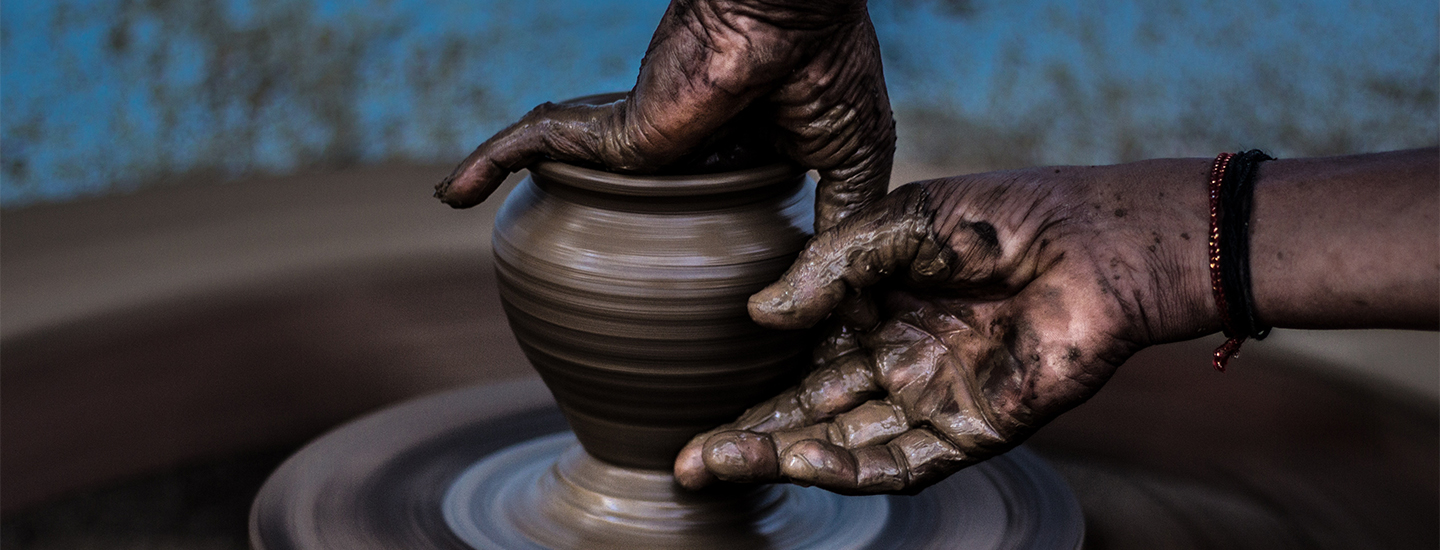Getting out of bed can get tougher as we get older, and not just because our “to-do” the list is starting to look like a phone book. For the 27 million Americans with osteoarthritis and the 1.3 million with rheumatoid arthritis, getting out of bed can be an exercise in pain. Menopause joint pain fatigue and arthritis and are a real thing for many women, but there are some things that can be done.
Both rheumatoid arthritis (RA) and (OA) can develop or worsen in menopause, indicating that hormone levels play a role. What that role is exactly isn’t yet known as one theory is that estrogen may help reduce perception of pain. Whether or not menopause can actually cause RA or OA is still a matter of debate.
Because the cause(s) of arthritis and any correlation with menopause are still undetermined, there isn’t a cure, and treatment options are limited. However, this is one of those times when the choices we make can have a very big impact on our quality of life. We took the question of arthritis to our doctors of physical therapy, Meagan and Brianna.
I just got a diagnosis of arthritis. Is it time to upgrade my couch?
One of the biggest issues in managing arthritis isn’t the pain, our PTs tell us, it’s the notion that a diagnosis of arthritis means you need to slow down or stop all activity to preserve your joints from further damage.
Nope, says Bri. “Motion is lotion. Even if you have menopause arthritis symptoms, sitting still, not moving, is worse for your body than activity. People who get a diagnosis of arthritis or degenerative disc disease often fear that moving will make things worse. But activity and exercise that keep you stretching and moving are really important for maintaining flexibility and strength.”
But isn’t the arthritis pain telling me to stop?
There isn’t actually a correlation between the severity of the disease and the severity of pain, says Meagan. Someone with only mild degeneration can feel a lot of pain, whereas someone with bone-on-bone arthritis may not feel much at all; it depends on the individual. What that means to you is that even if it hurts, you’re probably not doing additional damage as and you may be doing some real good.
OK, so how do I exercise with arthritis in menopause?
A diagnosis of arthritis is scary, so a visit to a physical therapist might be your best next step. When fear of pain or doing damage means we start limiting ourselves, PTs can help us understand our true limitations and how to exercise safely.
Once you have the diagnosis, it’s time to make some good choices about managing the condition. A PT can help you”¦
Determine the right activity and level of activity. Arthritis presents differently in different people, Bri says, so your choice of activity depends on what works for you. For some, continuing with or even increasing their current activity is fine. For others, switching to non-weight-bearing such as pool or bicycle might be more comfortable.
Learn how to strengthen and stabilize joints. “The more stability a joint has, the less “slop and play’ there is in the system,” Meagan says. “That looseness and instability is what could pinch the meniscus in the knee, for example, or the cartilage, and further contribute to tissue break down. If you’ve got good stability and co-contraction when the joint is moving, you won’t have the wiggles and dings that end up causing additional damage. We can help you learn to build the supporting muscle around the joint that provide the stability and flexibility that allow the joint to function.”
Evaluate your true range of motion. “Seeing a PT for a formal evaluation is helpful,” says Meagan, “because a fearful person may start to restrict their range of motion. If the joint should have 90 degrees of range, but you limit that motion to just the middle 45 degrees, you’re overusing that portion of the joint surface. You need to share the load over the entire joint surface, the way it was designed. Wearing away at a portion of the joint can cause more problems over time.” PTs can help you understand not only the restriction you’re dealing with but also how you can begin extending that range safely.
Determine the true cause of pain. According to Bri, a PT can help determine if the pain you’re feeling is truly from the joint itself, or if it’s “referred” from somewhere else. Is it a muscle restriction or tight hip flexor? Or is it maybe a trigger point in a nearby muscle or a pinched nerve in your back? Identifying other sources of pain can be really helpful in determining a treatment plan.
Reduce pain. Ever heard of the “Gate Control Theory” of pain? It goes like this, Meagan says: the brain can really only accept one signal at a time, traveling up the peripheral nervous system from the limbs. Once a signal is received, it temporarily shuts the brain off from getting other messages, effectively “closing the gate.” Pain signals as while it may not seem like it when you stub your toe as travel relatively slowly. So if you can get another signal there first, it can shut the gate to pain, reducing our sensation of hurt. A PT can teach you ways to “wiggle” your joints to both shut the gate to pain but also to spread synovial fluid and lubricate sore joints.
What else can I do to manage my arthritis? Does post-menopausal arthritis go away?
Arthritis does seem to run in families. And it disproportionally affects post-menopausal women. Given that, it’s understandable that many women feel they’re likely doomed to decades of increasing pain and decreasing functionality.
However, say our PTs, there are so many factors that are within your control, that a diagnosis of arthritis doesn’t have to signal the end of your active life.
Stop smoking. Smoking makes arthritis worse. It may accelerate the destruction of cartilage or impede its repair. It reduces the effectiveness of treatments, complicates surgery, and increases mortality risk. If you can stop, do.
Maintain a healthy body weight. Smoking and BMI are tough topics for our PTs to broach with their patients, they tell us, but “I wouldn’t be doing my job well if I didn’t bring it up,” says Meagan. Bodyweight, like smoking, takes a toll on joints. Intermittent fasting during menopause and” losing even one pound can take four or five pounds of pressure off your knees with every step,” Meagan says. “That’s worth celebrating!”
How to keep arthritis from getting worse
Try topical remedies. Arnica, Biofreeze, even just using lotion for arthritis to touch and massage the painful area can help desensitize you to the pain, the PTs tell us.
Apply heat. Warm water soaks, Epsom salt baths, dipping painful fingers in warm paraffin wax as heat really helps lubricate the joints. “Think of putting maple syrup in the microwave,” Meagan says. “It gets nice and thin and runny and it covers more of your waffle. The same is true of synovial fluid and joints. You want it to coat the whole joint surface so it can lubricate the joint better.”
Stretch and move. “People really overlook the importance of stretching and moving,” says Bri. “If you’ve been on your computer for a while, take five minutes, do some forearm stretching, maybe find a quiet corner and do some foam rolling of hips and shoulders. If your fingers hurt, grab a couple of rubber bands, put them around your fingers, and open and close your hands. Get a soft ball to squeeze. These help build up strength and keep the joints in motion.”
Strengthen your core. This may seem like an odd remedy for pain in the wrist or shoulders or hands, but the stronger your core is, the less work your appendages have to do. “It’s that slop factor again,” Meagan tells us. “If your hips and abdomen and pelvis and lower back are strong, your knees and ankles don’t have to work as hard to correct for the weakness in the chain.” Although somewhat counterintuitive, a large part of the pain caused by a weak core is ultimately felt through pain in the knees for women in menopause.
Get good shock absorbers. Want to keep running? Get good shoes and/or inserts. The right shoes can stabilize and cushion, meaning less shock traveling up from the impact with the road. For cyclists, good gloves with the right padding can minimize impacts on your hands and up the chain from there.
Leverage the power of hydration and diet. It’s more effective than you might think, Bri tells us, you have to avoid a lot of foods in menopause as well as eat and drink the right things. Drink lots of water. Eat turmeric and other vitamins for menopause symptoms. Boost intake of anti-inflammatories and Omega-3s for women.
A diagnosis of arthritis isn’t the end of your active life; for most of us, it’s livable and manageable. “Too many people let a diagnosis of arthritis be an excuse to stop being active,” says Meagan, “but there are ways to have some control over the pain and the progression of the disease. A positive mindset and the decision not to let it victimize you are really powerful tools. Use them.”

Brianna

Meagan
Are you dealing with a diagnosis of arthritis? What are you doing to manage it? Please share what you’re doing and how well it’s working! Leave a comment below, on our Facebook page, or in our private Facebook group Midlife & Menopause Solutions.
